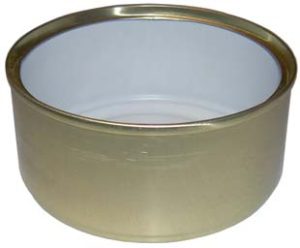14 Feb Witchcraft

When art critics get together, they talk about content, style, trend and meaning, but when painters get together, they talk about where you can get the best turpentine.
— Picasso
Painter Liz Floyd told me during a recent interview that she uses empty cat food tins as palette cups to hold her medium.
When I share Liz’s practice with other cat-owning painters, they beam and say, what a fabulous idea!
Picasso was right when he said painters, unlike critics, are a pragmatic bunch.
Like artists in every field, painters know that painting is performative and that an artist’s materials can make or break a performance.

Ron, my new supplier
Hence their fascination with pigments, mediums, varnishes, brushes, knives, easels, palettes, boards, canvases and a hundred other gizmos—including palette cups.
Most viewers—like most listeners to, say, a guitarist—concern themselves with the final product, not the process that led to it.
Most listeners don’t know or notice that the guitarist fingerpicks, plays a Martin, and uses a capo.
They just hear the song.
Likewise, most viewers don’t grasp the “materiality” of a painting, even when the painter’s materials take center stage (as they do in the paintings of Dubuffet and Masson, for example).
And even painters themselves don’t fully grasp the materiality of a painting.
That’s why they so often see their relationship with their materials as a form of alchemy.
Why does a Filbert brush-load of pigment mixed with Gamsol and linseed oil and smooshed against a canvas suddenly acquire the power to move viewers?
It’s inexplicable.
